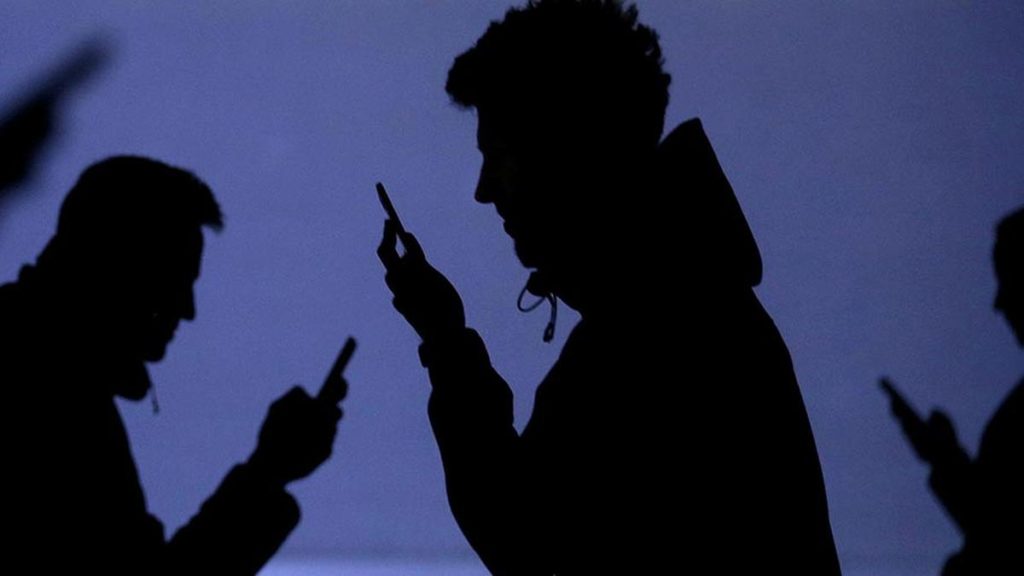India’s Digital Future: Navigating the Minefield of Disinformation
India’s rapid digital expansion, with internet users projected to surpass 900 million, presents a formidable challenge: safeguarding its diverse populace from the insidious threat of disinformation. The World Economic Forum (WEF) has identified misinformation and disinformation as the most pressing short-term global risk, a threat capable of destabilizing economies, disrupting social harmony, and eroding public trust. This digital deluge, fueled by AI-generated content, algorithmic biases, and societal divisions, necessitates a robust policy framework to navigate this increasingly complex information landscape. India, with its vibrant political discourse and multifaceted social fabric, is particularly vulnerable to manipulated narratives, potentially impacting elections, economic stability, and even international relations.
The erosion of trust in traditional media further exacerbates the problem. As citizens increasingly rely on social media for news, unverified information spreads rapidly, often amplified by the very networks designed to connect people. This shift has created an environment where misinformation masquerades as truth, blurring the lines between credible sources and fabricated narratives. This vulnerability is compounded by the declining trust in mainstream media, leaving a void that is readily exploited by malicious actors, both state and non-state, to disseminate propaganda and manipulate public opinion. With the rise of a “tech oligarchy,” as warned by former US President Joe Biden, the need for comprehensive policy interventions becomes even more critical.
India’s experience with disinformation campaigns, particularly those originating from across its borders, highlights the urgency of the situation. The 2017 Doklam standoff with China underscored the potential for foreign interference through disinformation, leading to the ban of over 300 Chinese apps. Studies reveal a disturbing trend, with political disinformation accounting for a significant portion of online misinformation, followed by general issues and religious content. The potential for manipulation extends beyond geopolitical tensions, impacting consumer behavior, economic stability, and even public health. The increasing prevalence of deepfakes and the potential for social media platforms to discontinue fact-checking partnerships further amplify these concerns.
The WEF report underscores the need for a multi-pronged approach to combat disinformation. Upskilling developers working with algorithms, enhancing public awareness and digital literacy, and establishing accountability mechanisms through supervisory boards and AI councils are crucial steps. India’s existing initiatives, such as the Shakti – India Election Fact-Checking Collective and the Deepfake Analysis Unit, demonstrate a commitment to addressing this challenge. However, more needs to be done, particularly in leveraging India’s position as a major market for social media platforms to push for positive policy changes, similar to the EU’s Digital Services Act. This includes mandating audits and transparency measures for large online platforms, and implementing robust content moderation policies.
Financial support for cybersecurity research and innovation is essential, along with transparent content moderation policies that address misleading information threatening public health, safety, or democracy. Crucially, enforcing non-discrimination rules and mandating disclosure of funding sources for online ads will help curb the spread of malicious narratives. Building on public awareness initiatives, like the Reserve Bank of India’s Financial Literacy Campaign, will foster critical thinking and societal resilience. Collaboration between civil society groups, fact-checkers, and regulators is vital for evidence-based policies promoting information integrity.
The fight against disinformation is not just a technological challenge; it is a battle for the preservation of truth, unity, and democratic values. India, as the world’s largest democracy, must lead by example, demonstrating resilience in the face of this growing threat. This requires fostering a culture of critical thinking, empowering citizens to discern fact from fiction, and ensuring that the digital space remains a platform for open dialogue, not a breeding ground for manipulation. The ultimate goal is not just to combat falsehoods, but to safeguard the very fabric of Indian democracy, preserving its unity in diversity amidst a globalized and increasingly polarized digital world. This ongoing struggle will determine the future of not just India’s digital landscape, but its democratic foundations as well.


